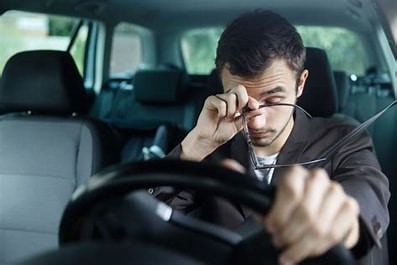Drowsy Driving: NHTSA
Drowsy driving kills — but is preventable. Learn about three factors commonly associated with drowsy-driving crashes and pick up some helpful tips to avoid falling asleep at the wheel. In this section, you’ll also find several resources and learn what NHTSA is doing to help eliminate this risky behavior.
Scope of the Problem
Fatigue has costly effects on the safety, health, and quality of life of the American public. Whether fatigue is caused by sleep restriction due to a new baby waking every couple of hours, a late or long shift at work, hanging out late with friends, or a long and monotonous drive for the holidays – the negative outcomes can be the same. These include impaired cognition and performance, motor vehicle crashes, workplace accidents, and health consequences.
Tackling these issues can be difficult when our lifestyle does not align with avoiding drowsy driving. In a 24/7 society, with an emphasis on work, longer commutes, and exponential advancement of technology, many people do not get the sleep they need. Effectively dealing with the drowsy-driving problem requires fundamental changes to societal norms and especially attitudes about drowsy driving.
The terms drowsy, sleepy, and fatigue are used interchangeably although there are differences in the way these terms are used and understood.
Click here for the full article from NHTSA



